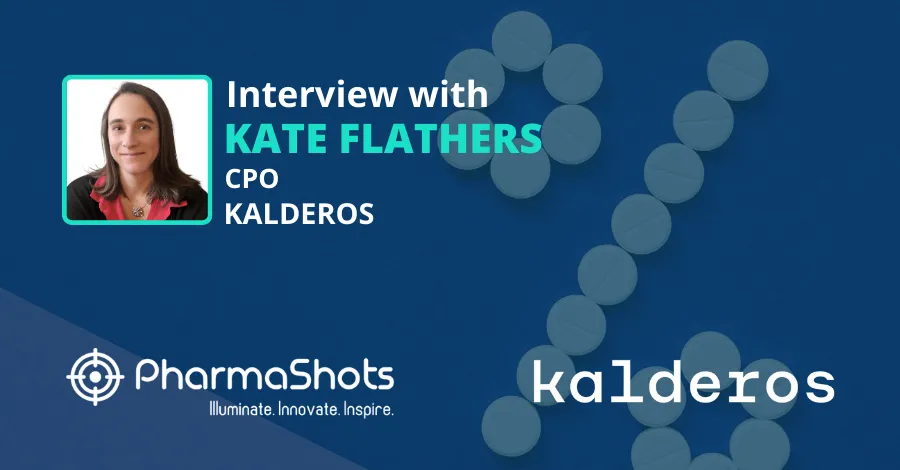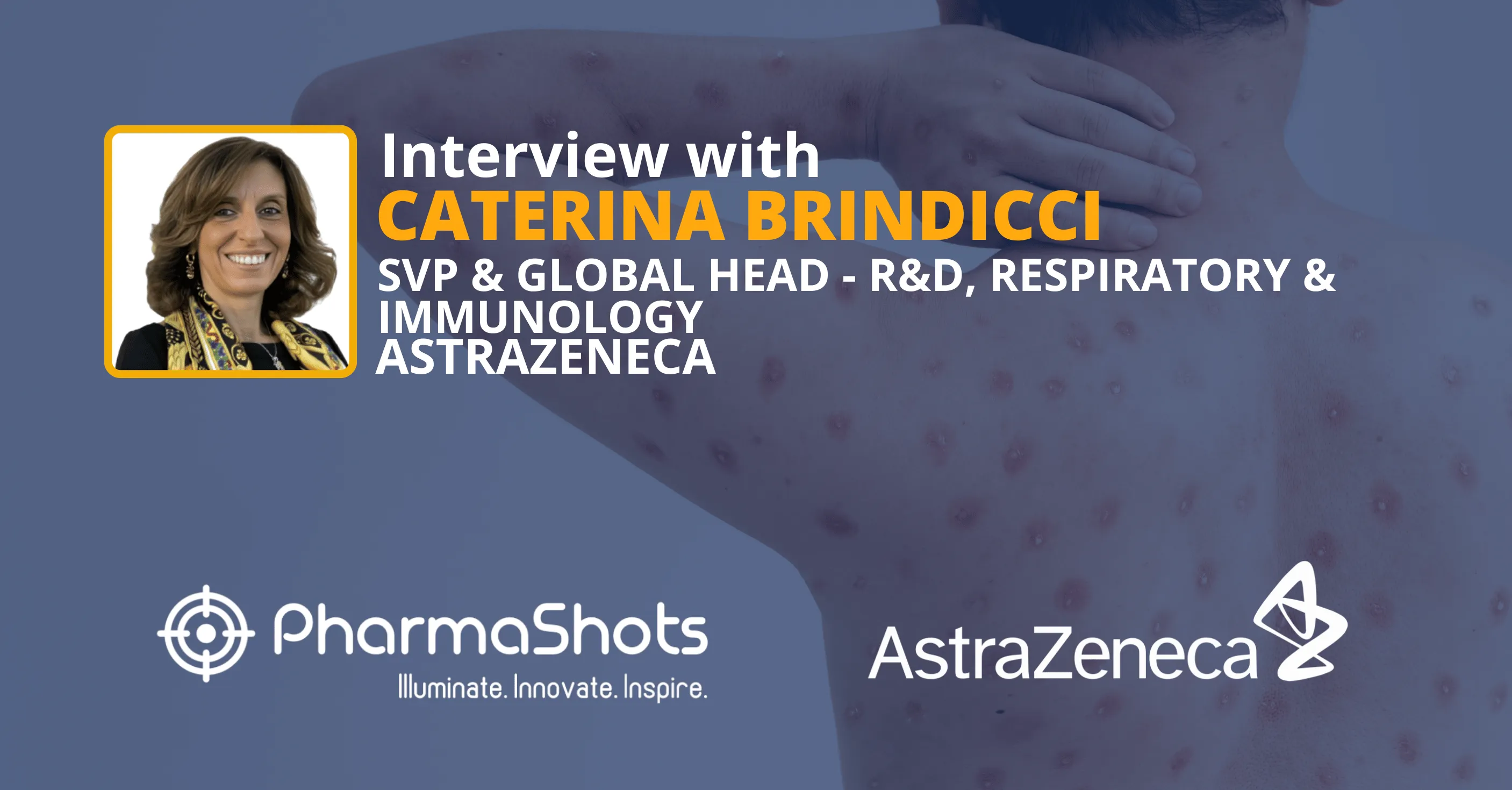
George Stanley, Medical Director for the UK & Ireland at BioCryst Shares Insights from Long-Term Study Data at EAACI 2022
Shots:
- George spoke about the 96-week data from the P-III APeX-2 trial evaluating BioCryst’s lead candidate in Hereditary Angioedema (HAE)
- He also talked about various patient support programs from BioCryst to help patients with self-management of their HAE
- The interview gives an understanding of BioCryst’s vision to develop medicines that treat rare diseases for unmet medical needs
Smriti: Let us start by discussing Hereditary Angioedema (HAE) and its epidemiology.
George: HAE is a chronic, rare, genetic disorder that can be characterized by unpredictable oedema (swelling in body tissue) attacks, which can potentially be life-threatening. These attacks can result in severe swelling and pain affecting the face, extremities, genitals, abdomen, and airways.
HAE attacks can start at any time from early childhood, and adolescence, to later in life. The frequency of attacks can vary from once or twice a year to every few days in the most severely affected patients.
The prevalence of HAE worldwide is estimated to be 1 in 50,000 and the median age of onset is approximately 12 years of age.
Smriti: Explain the details (MOA, ROA, formulations & dosing) of Orladeyo (berotralstat)
George: Berotralstat is an oral inhibitor of plasma kallikrein in a once-daily 150 mg capsule. Berotralstat 150 mg has been granted a license in the United States, Japan, the European Union, the United Kingdom, Switzerland, Canada, and the United Arab Emirates for the routine prevention of recurrent HAE attacks in adults and pediatric patients 12 years and older.
HAE affects how the innate immune system responds to threats and other signals. Patients with HAE have a deficiency or dysfunction in the C1-esterase inhibitor (C1-INH), a protein that plays a central role in the immune system. Abnormal levels of functional C1-INH in the blood results in excessive amounts of the inflammatory protein, bradykinin. Bradykinin promotes oedema (swelling). There is excessive bradykinin when C1-INH is deficient as it is unable to inhibit plasma kallikrein. Plasma kallikrein is responsible for releasing bradykinin.
Berotralstat is an inhibitor of plasma kallikrein.
Berotralstat should be taken once daily as one capsule with a glass of water with food at the same time each day. This can be done at any time of the day. The recommended dose for adults and adolescents from 12 years ≥ 40 kg is one 150 mg capsule of berotralstat daily.
Smriti: What were the key findings of the P-III (APeX-2) trial at EAACI this year evaluating Orladeyo?
George: APeX-2 is a phase 3 trial evaluating the efficacy and safety of oral berotralstat in preventing acute angioedema attacks in patients aged 12 years and older with Type I and Type II HAE.
The APeX-2 data presented at EAACI this year
demonstrated that the overall use of injectable on-demand medication continuously declined over time, with berotralstat treatment resulting in an 88% reduction at week 96 vs baseline.
Smriti: Give our readers a comparative view of the results obtained from the P-III (APeX-2) trial & the real-world independent UK analysis. How have they proved Orladeyo to be an effective treatment option for HAE?
George: The APEX-2 clinical trial results reinforce berotralstat’s long-term efficacy as a prophylactic treatment for HAE attacks. The latest data at EAACI is consistent with previous clinical trials demonstrating the efficacy of berotralstat in reducing the number of attacks requiring on-demand treatment.
Independent results from a UK real-world analysis confirm previous clinical observations and complement APeX-2 trials. It demonstrates a reduction in the number and severity of HAE attacks with the use of berotralstat and suggests that berotralstat is an effective treatment option in real-world clinical practice.
This real-world analysis also demonstrated that people with HAE experienced a positive impact on their quality of life according to the Angioedema Control Test Score (AECT). .
This kind of independent data collected in clinical practice offers important insights into real-world disease severity and the patient experience and should help to inform treatment decisions for HAE patients.
The data at EAACI demonstrates our ongoing commitment to supporting people living with this condition.
Smriti: Tell us more about the geographical locations at which BioCryst has expanded its study to evaluate Orladeyo
George: The ApeX-2 trial involved 47 test sites evaluating berotralstat as an oral preventative treatment for HAE. These test centers were based in North America (20 states in the United States, and Canada), the United Kingdom, and Europe (Spain, Germany, Austria, France, Czech Republic, Hungary, Romania, and North Macedonia).
Smriti: Give us some insights on BioCryst’s approval & commercialization strategies for Orladeyo
George: BioCryst’s awareness of the burden of HAE on patients and unmet needs in the management of HAE is a key driver in BioCryst working with regulatory & reimbursement bodies to provide access to berotralstat as early as possible for patients who could benefit from the treatment. As such BioCryst worked to ensure compassionate (at no charge) access to Orladeyo in advance of marketing authorization:
- UK MHRA – Early Access to Medicines Scheme two-step evaluation process that aims to give patients with life-threatening or seriously debilitating conditions access to medicines that do not yet have marketing authorization when there is a clear unmet medical need. BioCryst engaged with this process as far back as 2017 by applying for the stage to gain the Promising Innovative Medicine (PIM) designation, which was granted in 2018, this allowed the company to then proceed to apply for the Early Access Scheme which enabled appropriate patients to gain access to this innovative treatment five months earlier than they would otherwise have been able to.
- Global Early Access Scheme – compassionate use is available in several countries where the product is not yet commercially available/reimbursed
- In the UK, BioCryst has engaged early and collaboratively with the multi-disciplinary stakeholders involved in HAE BioCryst, HAE UK, Pharmacists and HCPs worked together seamlessly during the COVID-19 pandemic to raise awareness of the unmet needs in the management of HAE to national payors and Appraisal bodies.
Smriti: Will BioCryst provide any patient support programs or other programs for spreading awareness among patients with HAE as it is a rare disease?
George: BioCryst works closely with patient communities including the patient advocacy group HAE UK. We remain committed to listening to the rare disease patient community and incorporating patient community perspectives into every step of the drug development process, every decision we make, and every action we take to ensure we truly understand the full scope of what patients and their support networks need – and where we can help.
BioCryst provides disease awareness education to healthcare professionals globally to raise awareness of the condition, the impact of the condition, and the services and treatments available.
BioCryst has commissioned a homecare/delivery service and patient support program to support HCPs and patients in the UK adopting berotralstat.
Source: Canva
About the Author:

George Stanley is the Medical Director for the UK & Ireland at BioCryst UK Ltd with 24 years of experience working within the pharmaceutical industry, with a range of roles including medical governance, market access, and clinical development. George has also worked across several therapeutic areas. Through his current role at BioCryst, George leads the UK & Ireland medical team on key initiatives supporting the Hereditary Angioedema community as well as real-world data clinical trials. He received his Medical degree from the University of Southampton.

Senior Editor at PharmaShots. She is curious and very passionate about recent updates and developments in the life sciences industry. She covers Biopharma, MedTech, and Digital health segments along with different reports at PharmaShots.














